As part of DrawAble, Paula shares a simple way to make an artist’s book, suitable for children aged 5 and upwards (especially suited to key stage 2). The project uses recycled paper and whatever drawing materials you have at hand. The exercise encourages children and teenagers to shape their drawing not just informed by drawing subject matter, but also informed by the surface you are drawing on.
You can adapt the focus of this activity to suit the audience. For example you might theme the book around objects or people around you, around things from the garden, or around your imagination.
This activity is taken from Drawing Projects for Children.
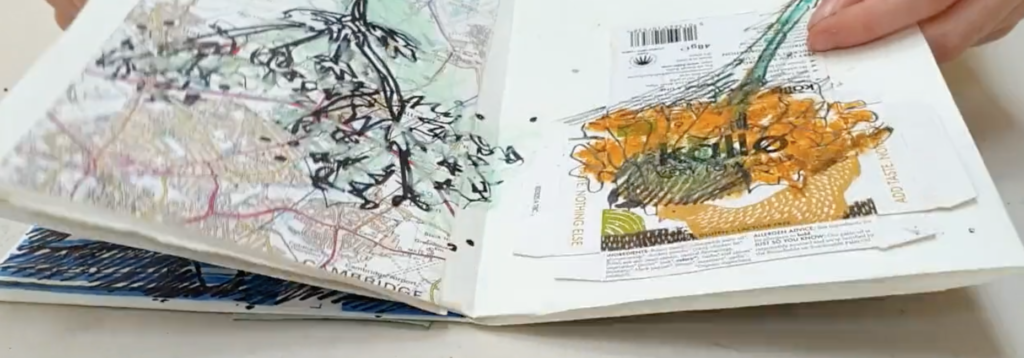
Notes for Teachers
What is the aim of this exercise?
This project offers children and teenagers the opportunity to be inspired not only by the thing they are drawing, but also by the surface upon which they are making the drawing. The project encourages experimentation, and challenges what a drawing might be. Working quickly and fluidly encourages exploration of drawing materials.
There is plenty of room for personal exploration and the project can be focussed around specific themes to link to other work.
What age can this exercise be used with?
This resource can be used with ages 8 and upwards. Is particularly suitable for secondary-age learners (ages 11-16).
What materials will the learners need?
One large sheet of paper (A1 or A2 works best), scrap or recycled paper, a variety of drawing materials, glue stick and scissors.
How long does this exercise take?
This exercise will take between 30 minutes and 1.5 hours
How do I measure success?
Success can be measured by the creation of 8 individual drawings on different drawing surfaces. More able or engaged children will show they can sensitively make choices about drawing material/subject matter and drawing surface. They will either be able to articulate their decision making, or it will be apparent in the drawing.
Risk taking should be recognised – for some children this will be apparent in mark making and exploration of drawing medium, with each drawing feeling different to the other drawings. Other children may need encouraging to make slightly larger drawings which “occupy” the page.
To Begin
Take a large sheet of paper – A1 is best but A2 or A3 will work.
Fold the sheet in half, then in half again, and in half again (watch the video above), so that you have 8 “panels”.
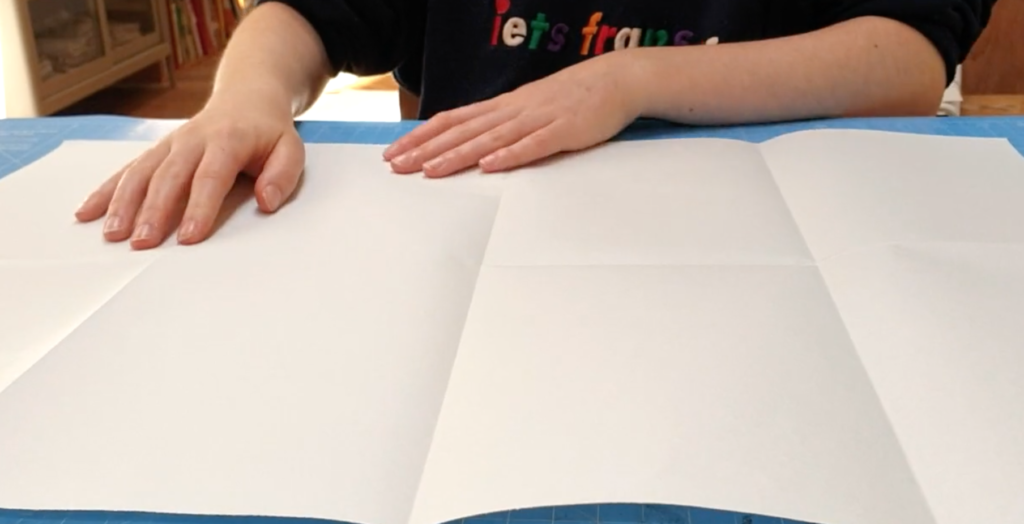
Make a cut as shown (this will enable you to fold the sheet into a “book” later).
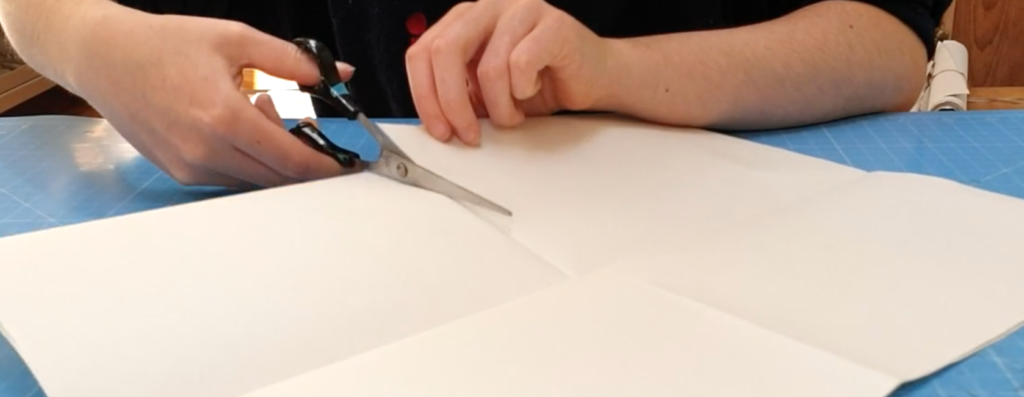
Gather different types of used paper and cut or tear them into sheets the same size as the panels. You might use old envelops, maps, newspapers, old sheets of notebooks etc.
Stick them down.
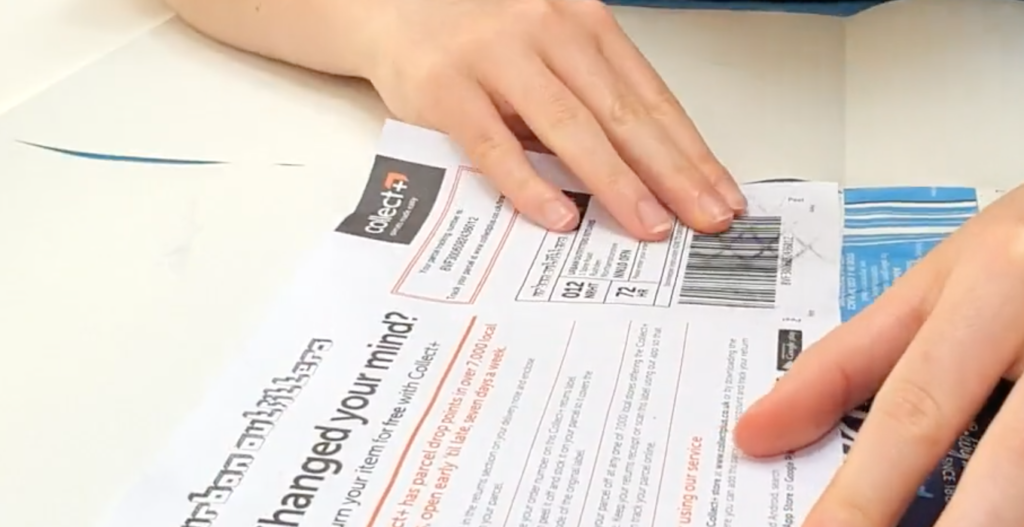
Gather different types of used paper and cut or tear them into sheets the same size as the panels. You might use old envelops, maps, newspapers, old sheets of notebooks etc.
Stick them down.
Once all 8 sheets of recycled paper are stuck onto your larger sheet, fold the sheet as described in the video above to form a “book”.
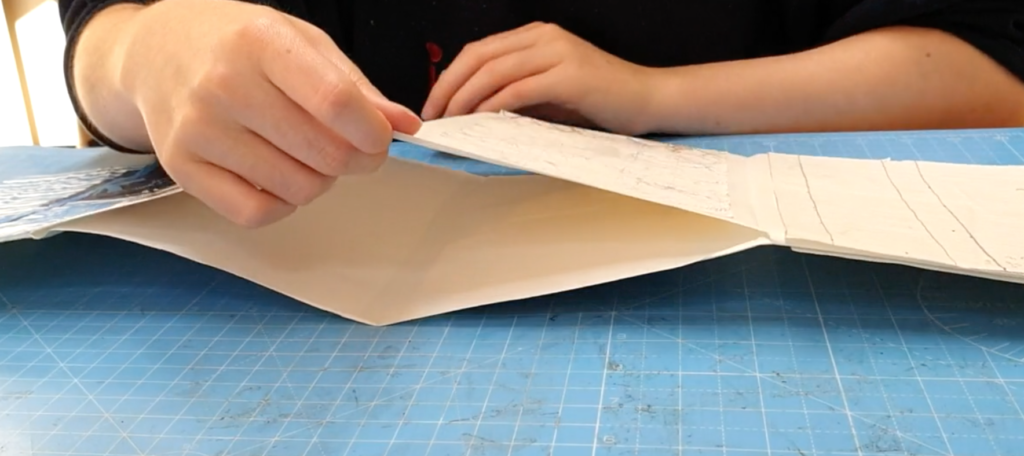
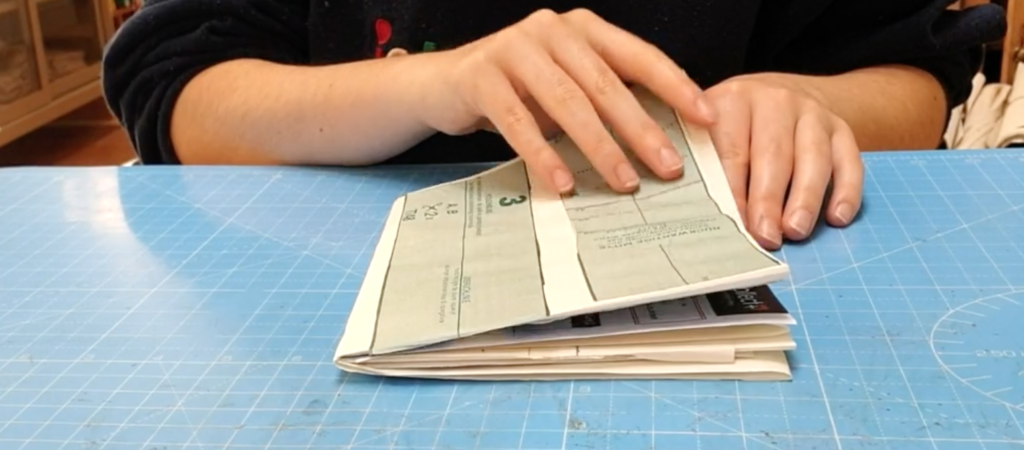
Making the Drawings!
-
The theme for your book could be anything:
-
Plants, Birds, Animals, Insects, Rocks, Shells…
-
Landscapes/Cityscapes/Architecture
-
Objects from the home or classroom
-
People
-
Fashion
-
Things from your imagination
Whatever the theme is for you book, you will need 8 different things to draw (8 shells, 8 views out of windows, 8 people, 8 scenes etc).
Choose your first object/scene and get ready to draw… BUT before you start drawing choose a page from your book to make the drawing on. Which page would you like to draw on? Which drawing surface do you think this object or scene will work on?
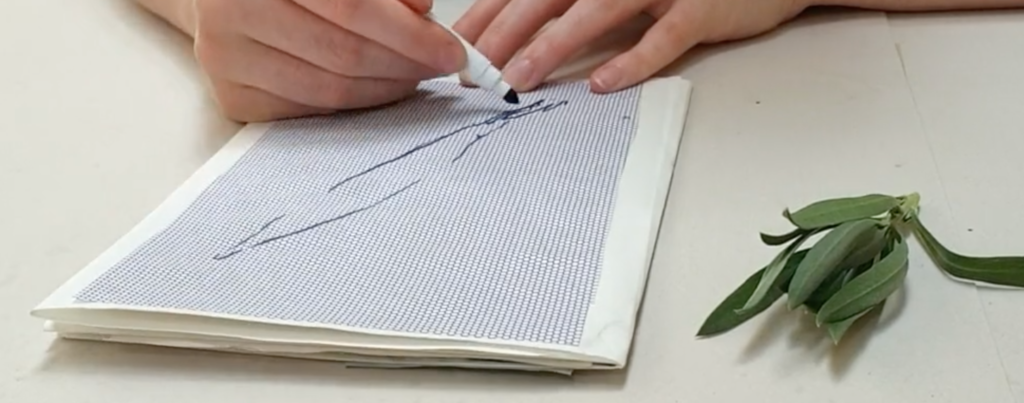
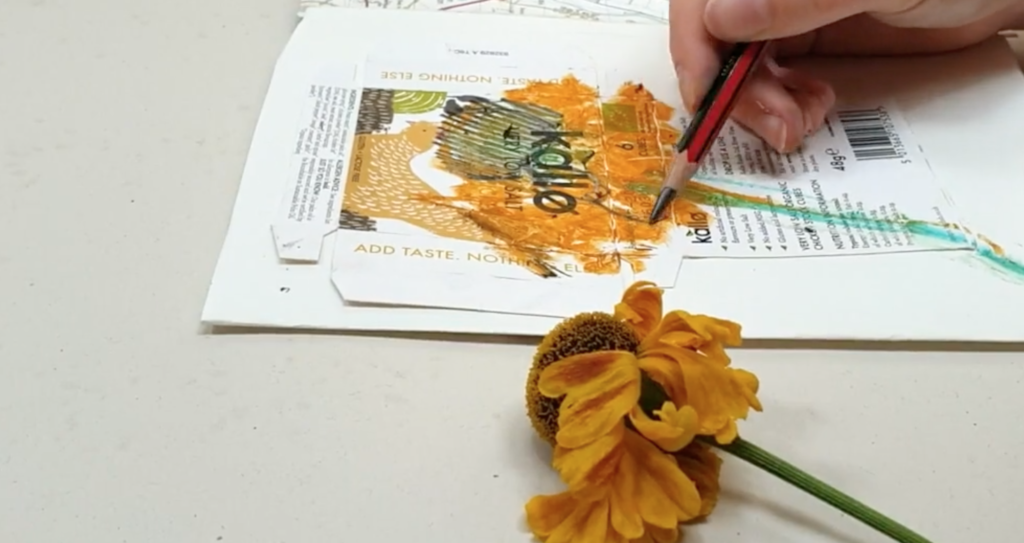
Whatever you are drawing, look carefully at the subject matter, and think carefully about how the drawing surface might affect the kinds of marks you make. Be experimental and take risks. Explore different drawing materials in response to the drawing surface and drawing subject matter. Work intuitively.
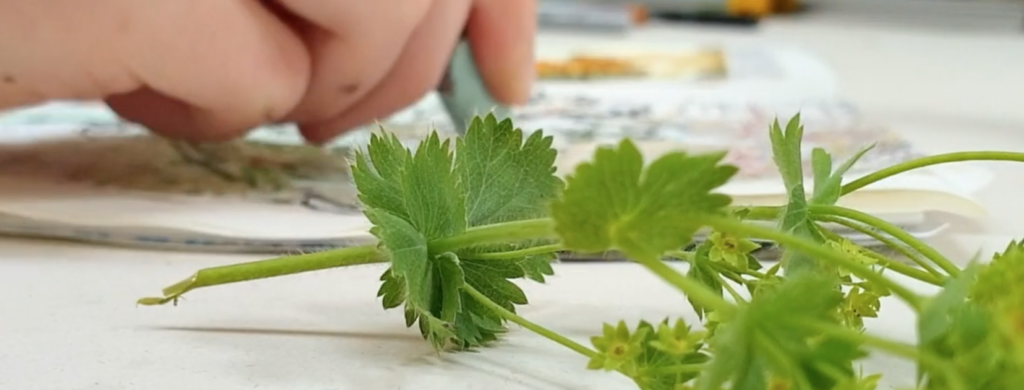
Don’t let each drawing take too long. Keep moving forwards. You can always revisit a drawing later. Keep each page fresh and whenever you change your subject matter choose a new page which you think suits that subject matter. Keep exploring!
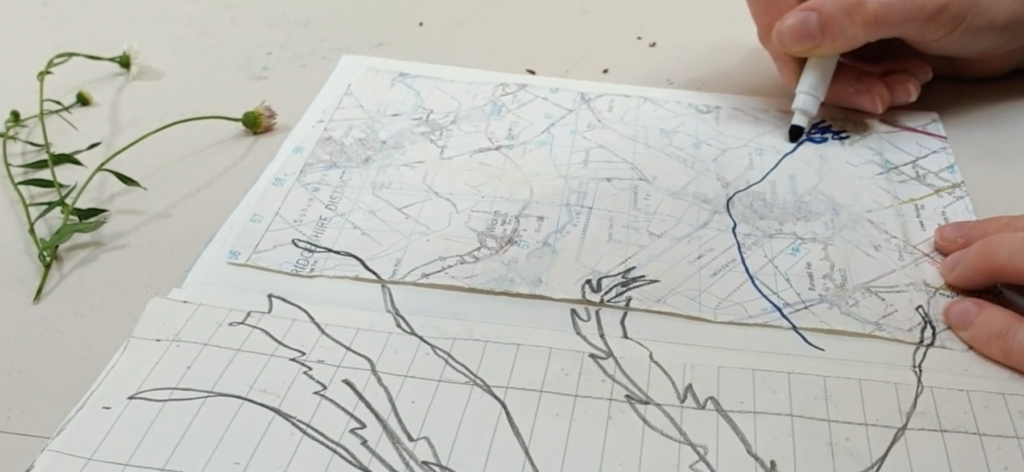
When all 8 panels are finished, open the sheet back up! As well as an artist’s book, you also now have one large drawing!
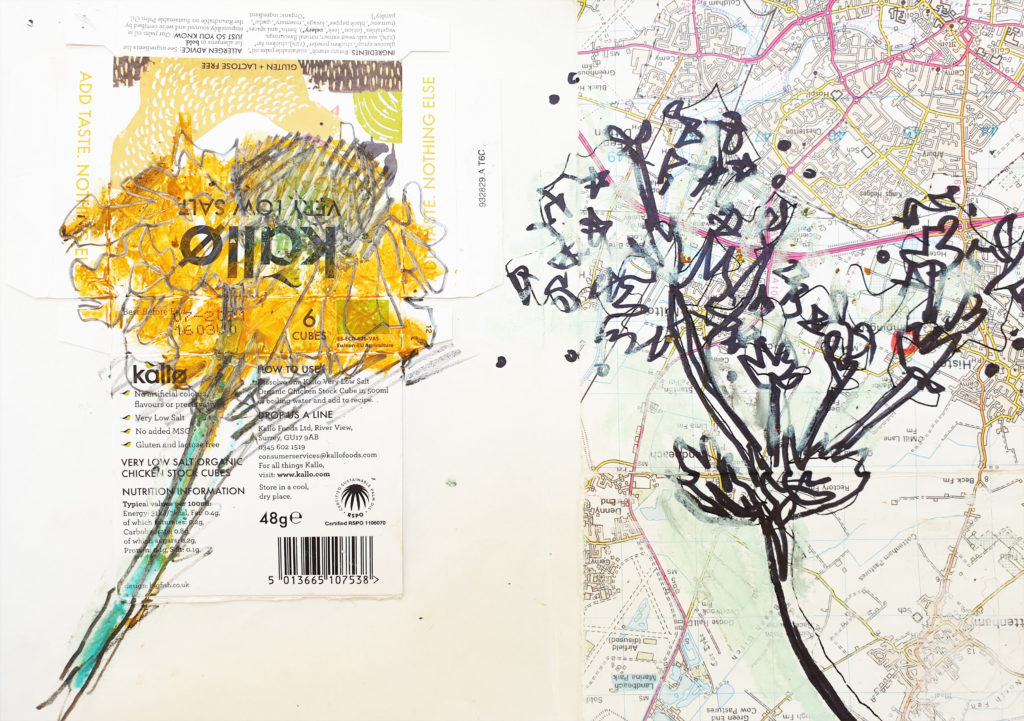
Enjoy how your drawings sit next to each other in unexpected ways. Think about the separate drawings as having “:conversations” with each other.
Which do you prefer? The artist’s book with a drawing a page? Or the open sheet as one whole drawing?
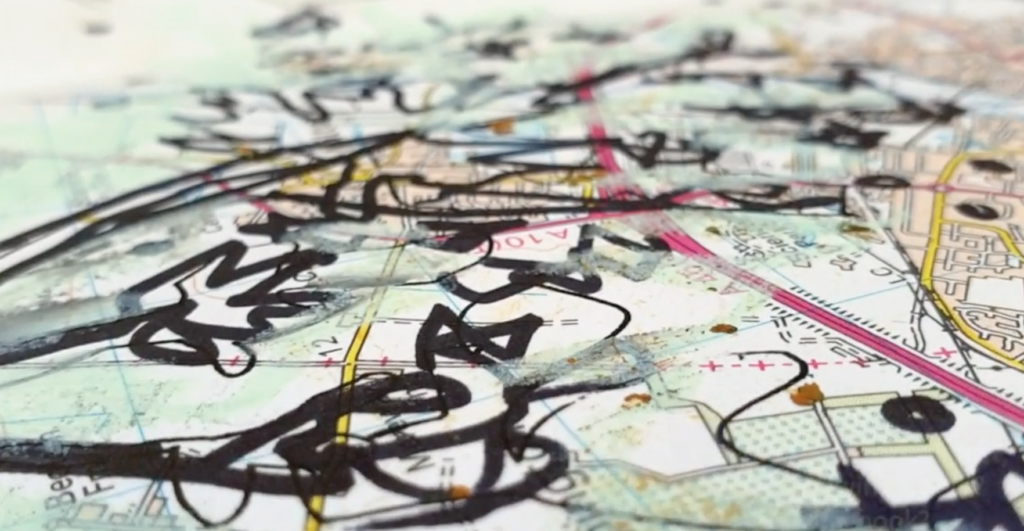
This is a sample of a resource created by UK Charity AccessArt. We have over 1500 resources to help develop and inspire your creative thinking, practice and teaching.
AccessArt welcomes artists, educators, teachers and parents both in the UK and overseas.
We believe everyone has the right to be creative and by working together and sharing ideas we can enable everyone to reach their creative potential.











